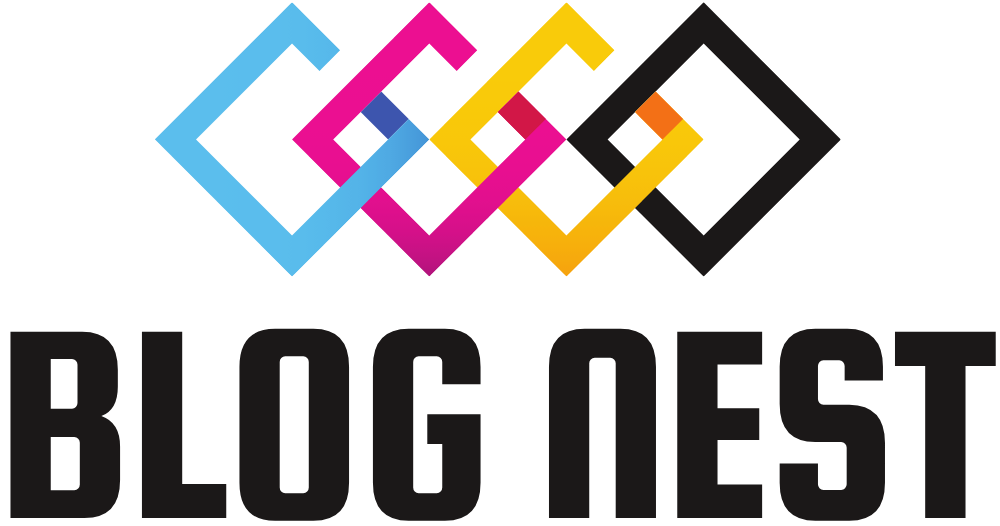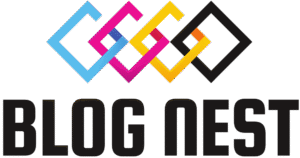Working at height demands the right equipment for safety and efficiency. Selecting the correct MEWP access solution prevents delays, reduces risks, and improves workflow. With various models available, choosing the best option depends on terrain, height, outreach, and job requirements.
This guide explains how to select the right MEWP access equipment for your site.
What is MEWP Access?
A Mobile Elevating Work Platform (MEWP) is a machine designed to lift workers and tools to elevated areas. MEWPs include scissor lifts, boom lifts, spider lifts, and truck-mounted platforms. Each type suits different jobs and environments.
Key Factors in Choosing a MEWP
1. Height and Outreach Needs
- Measure the highest point workers need to reach.
- Consider working height vs platform height (working height adds 2m to platform height).
- If the job requires horizontal reach, an articulating or telescopic boom lift may work better than a scissor lift.
2. Terrain and Ground Conditions
- Indoor work requires electric lifts with non-marking tyres.
- Rough outdoor terrain needs diesel or hybrid MEWPs with four-wheel drive.
- Soft or unstable ground benefits from tracked spider lifts for added stability.
3. Load Capacity
- Check the safe working load (SWL) to ensure it supports the weight of workers, tools, and materials.
- Scissor lifts handle higher loads, making them ideal for construction and maintenance.
- Boom lifts work better for single operators with outreach requirements.
4. Power Source
- Electric MEWPs work well indoors due to zero emissions and low noise.
- Diesel models suit outdoor jobs requiring longer run times and higher power.
- Hybrid lifts offer flexibility between indoor and outdoor use.
5. Space and Accessibility
- Compact scissor lifts fit through standard doorways for indoor maintenance.
- Spider lifts fold down to navigate narrow or confined areas.
- Truck-mounted platforms allow easy relocation for roadwork or multiple job sites.
Types of MEWPs and Their Uses
Scissor Lifts
- Best for vertical access with high load capacity.
- Used for warehouse maintenance, electrical installations, and signage work.
- Available in electric and diesel models.
Articulating Boom Lifts
- Offers up-and-over access for obstacles.
- Ideal for tree surgery, telecom work, and industrial maintenance.
- Compact designs fit into tight spaces.
Telescopic Boom Lifts
- Provides the most extended horizontal reach.
- Used in bridge work, steel construction, and exterior maintenance.
- Requires stable ground for safe operation.
Spider Lifts
- Lightweight and track-mounted for rough or soft terrain.
- Works in heritage buildings, shopping centres, and landscaped areas.
- Easily transported due to compact size.
Truck-Mounted Platforms
- Ideal for short-term tasks with multiple locations.
- Used for highway maintenance, film production, and window cleaning.
- Quick to set up and relocate.
Best Practices for MEWP Access Safety
1. Conduct Pre-Use Inspections
Check the lift for:
- Tyre wear, hydraulic leaks, and loose components.
- Brake functionality and emergency controls.
- Any faults before operating.
2. Use Proper PPE
Operators should wear:
- Safety harnesses for boom lifts.
- Hard hats and gloves for added protection.
- Non-slip footwear to prevent falls.
3. Follow Load Limits
Never exceed the safe working load. Overloading affects stability and safety.
4. Maintain Stability
- Extend outriggers fully when needed.
- Operate only on level ground unless using a lift designed for uneven terrain.
- Avoid sudden movements or shifting weight on the platform.
5. Be Aware of Surroundings
- Keep safe distances from power lines and buildings.
- Use barriers to protect pedestrians.
- Check for overhead hazards before raising the platform.
6. Avoid Operating in Poor Weather
- Strong winds, heavy rain, or ice reduce lift stability.
- Always check maximum wind speed ratings before use.
7. Train Operators Properly
Only trained personnel should use MEWPs. IPAF training ensures that workers understand the safe operation, emergency procedures, and controls of equipment.
How to Hire the Right MEWP Access Equipment
Step 1: Assess Your Needs
- Determine the required height, outreach, terrain, and load capacity.
- Match the MEWP to the specific job requirements.
Step 2: Compare Options
- Consider the hire duration and budget.
- Check availability and transport options.
Step 3: Confirm Booking and Delivery
- Arrange transport to the site.
- Ensure trained operators are available.
Step 4: Inspect Before Use
- Perform pre-use safety checks.
- Ensure the machine meets regulatory standards.
Why Hire From AFI Rentals?
We offer:
- A wide range of modern, well-maintained MEWPs.
- Expert advice to match the right lift to your project.
- Fast delivery and flexible hire terms.
- Fully safety-checked equipment with operator support.
Final Thoughts
Choosing the right MEWP access solution improves safety, efficiency, and project outcomes. By assessing site conditions, selecting the correct lift, and following safety practices, businesses can complete height work with confidence and ease.
Need an MEWP access solution for your next project? Contact us today!







